Most people have never heard the words “odontogenic tumor” — and understandably so. These tumors are uncommon, usually non-cancerous, and come from the same tissues that help form our teeth.
While the word “tumor” can sound frightening, benign odontogenic tumors are slow-growing, treatable, and rarely life-threatening. Dentists usually find them early during routine X-rays.
What Is a Benign Odontogenic Tumor?
A benign odontogenic tumor is a non-cancerous growth that forms from the tissues involved in making teeth. These tumors can occur:
- Inside the jawbone
- Around developing or unerupted teeth
- Occasionally in the gums
They can cause swelling or tooth movement if they grow, but they do not spread to other parts of the body.
Most patients don’t feel anything at first. Over time, you may notice:
- A painless swelling in the jaw
- A delayed or “stuck” tooth that won’t erupt
- Tooth movement or spacing
- A lump near an unerupted tooth
- A finding on an X-ray with no symptoms at all
Because these tumors grow slowly, early detection is common.
Types of Benign Odontogenic Tumors
We can group them into three categories depending on what tissues they develop from:
- Epithelial tumors — from the lining tissues that form enamel
- Mesenchymal tumors — from the deeper tissues that form dentin, cementum, or pulp
- Mixed tumors — from a combination of both
Let’s look at the most common ones.
Epithelial Odontogenic Tumors
1. Ameloblastoma
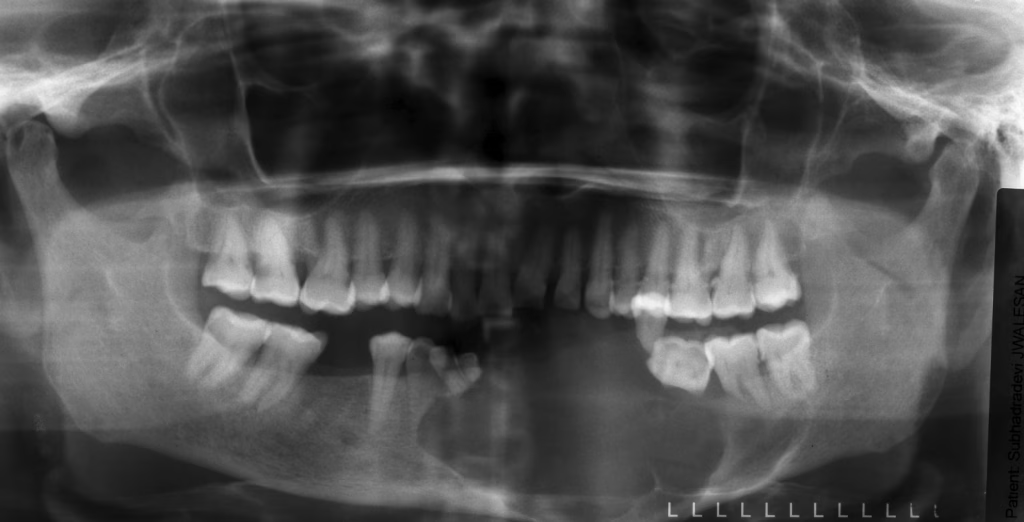
One of the best-known odontogenic tumors.
Who gets it?
Adults over 20.
Where does it appear?
Mostly in the back of the lower jaw.
What patients notice:
- Slowly growing, painless jaw swelling
- Sometimes tooth movement
- A cyst-like area on X-rays
Why it happens:
It forms from leftover cells that originally helped create enamel.
Treatment:
Surgical removal. It can come back if not fully removed, which is why follow-up is important.
2. Unicystic Ameloblastoma
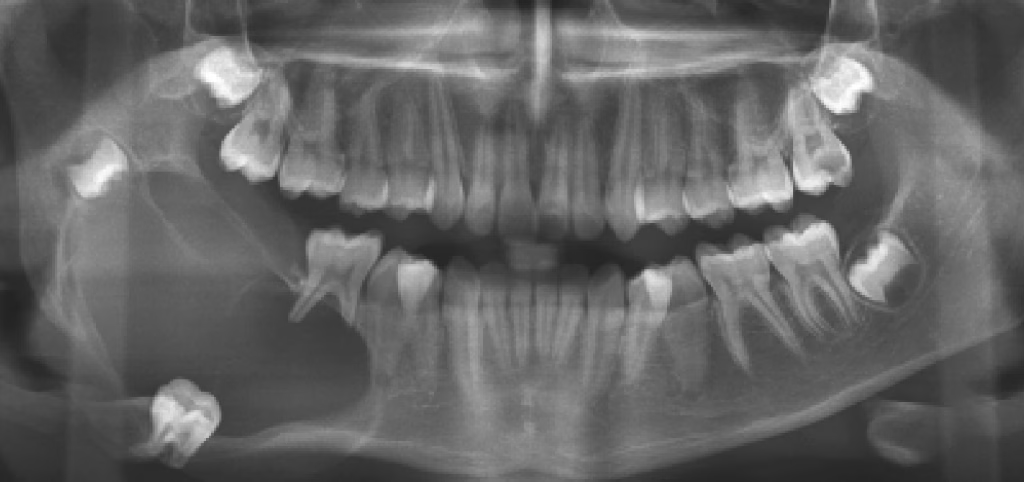
A gentler, cyst-like version of ameloblastoma.
Who gets it?
Teens and young adults (10–20 years old).
Key features:
- Looks like a simple cyst on X-ray
- Usually around an unerupted tooth
- Less aggressive than regular ameloblastoma
Treatment:
Usually treated with surgical cleaning of the area. Recurrence is low.
3. Calcifying Epithelial Odontogenic Tumor (CEOT)
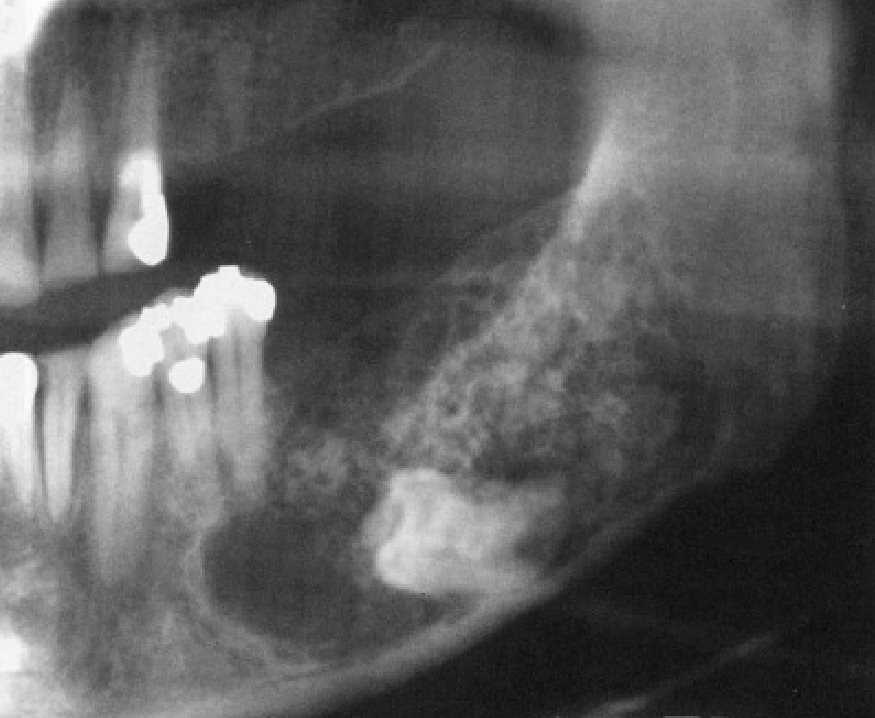
Also called a Pindborg tumor.
Key features:
- Occurs in the back of the lower jaw
- May be linked to an impacted tooth
- Shows small “white spots” inside the lesion on X-rays
Treatment:
Surgical removal. Recurrence is uncommon.
4. Adenomatoid Odontogenic Tumor (AOT)

A very gentle, cyst-like tumor.
Who gets it?
Mostly teenage girls and young women.
Where it occurs:
Usually the upper front jaw.
Key signs:
- Often found around an unerupted canine
- Well-defined and slow-growing
- Sometimes contains tiny calcifications
Treatment:
Simple removal. Almost never comes back.
Mixed Odontogenic Tumors
(Develop from both enamel-forming and dentin-forming tissues)
1. Ameloblastic Fibroma
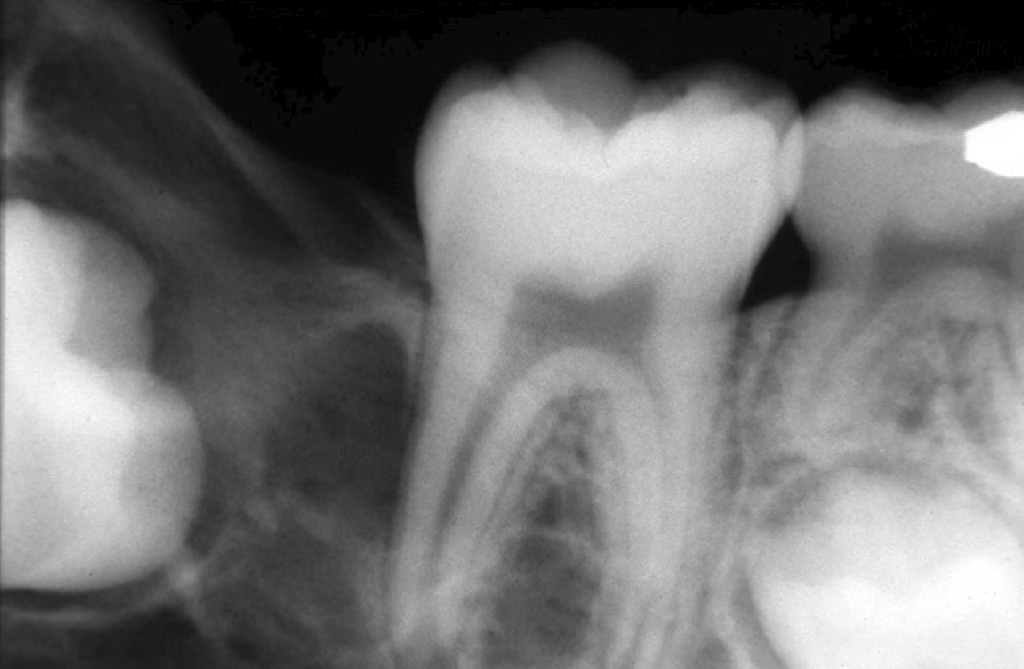
A rare tumor found mostly in children and teens.
Location:
Back of the lower jaw.
Features:
- Looks like a simple cyst on X-rays
- Often found above a tooth that hasn’t erupted yet
- Can block normal tooth eruption
Treatment:
Surgical removal. Recurrence is uncommon.
2. Odontoma
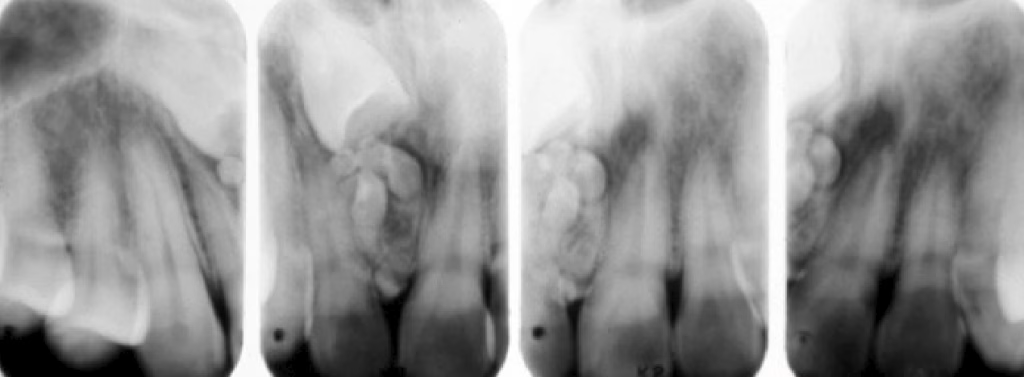
The most common odontogenic tumor — but it behaves more like an overgrowth than a true tumor.
Think of it as a “tooth that tried to form but got mixed up.”
There are two types:
Compound Odontoma
- Found in the front upper jaw
- Looks like tiny miniature teeth on the X-ray
Complex Odontoma
- Found in the back of the jaw
- Appears as a solid, mixed-up mass of tooth material
What they do:
They often block the eruption of normal teeth.
Treatment:
Simple surgical removal. No recurrence.
3. Ameloblastic Fibro-Odontoma
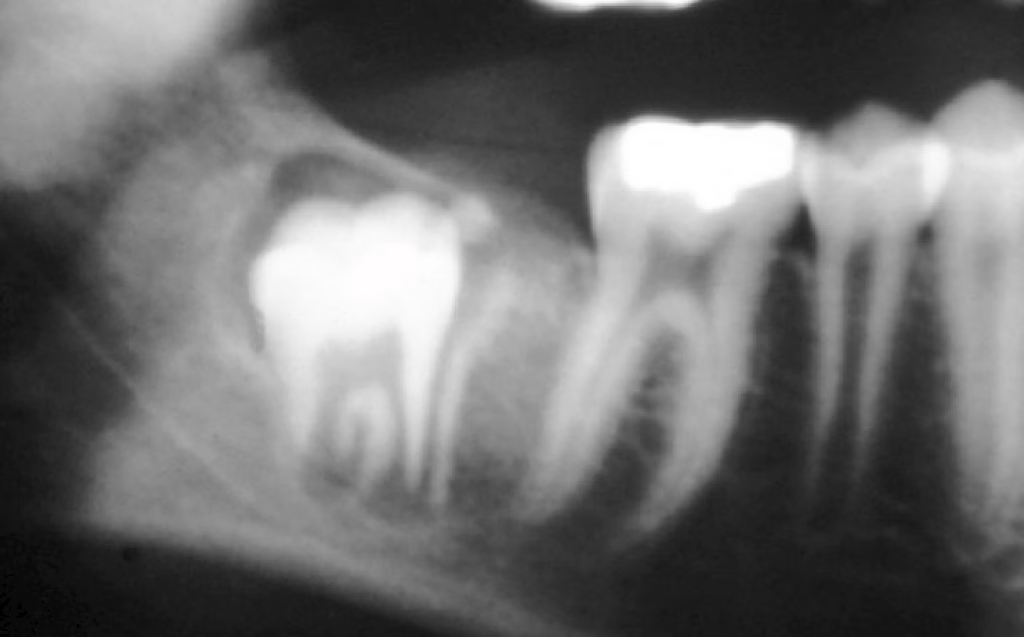
A rare growth that is essentially a combination of an ameloblastic fibroma and an odontoma.
Key point:
Many experts believe these are just developing odontomas.
4. Dentinogenic Ghost Cell Tumor
Very rare, may contain calcifications and special “ghost cells” inside.
Treatment is surgical removal.
Mesenchymal (Connective Tissue) Odontogenic Tumors
1. Odontogenic Myxoma
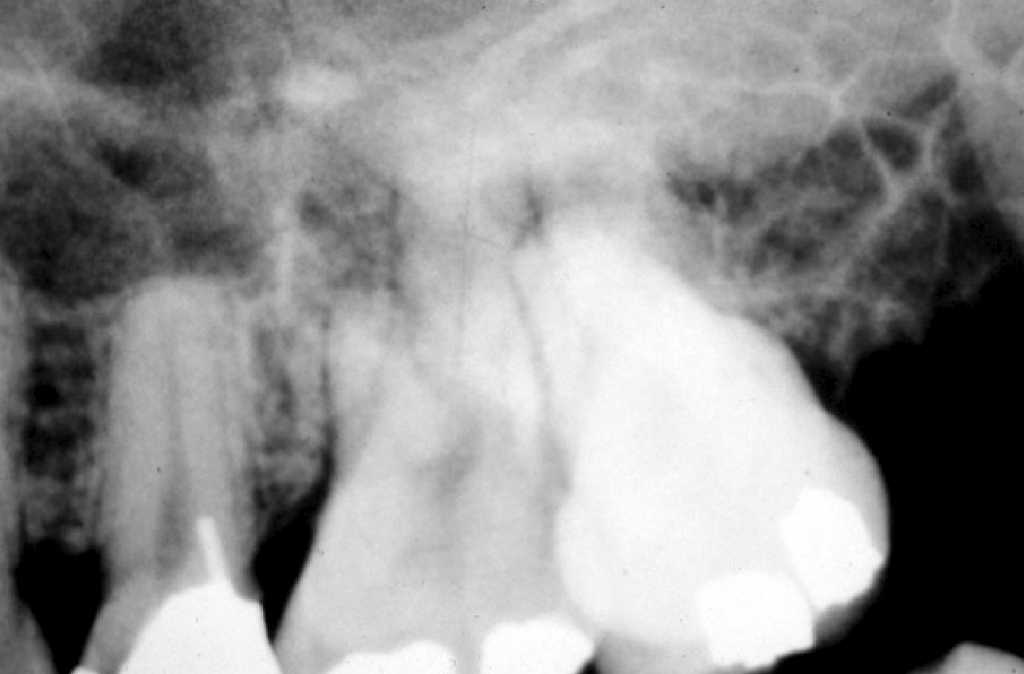
A locally aggressive benign tumor.
Who gets it?
Young adults.
Location:
Back of the lower jaw.
What dentists see:
A “honeycomb” or “tennis racket” pattern on X-ray.
Symptoms:
Often painless but can cause jaw expansion.
Treatment:
Surgical removal. These tumors can come back, so follow-up is important.
2. Odontogenic Fibroma

A rare tumor that may cause:
- A firm swelling
- Shifting or resorption of teeth
- A round, well-defined area on X-ray
Treatment is simple removal. Recurrence is low.
3. Cementoblastoma

A tumor that forms attached directly to the root of a tooth, usually a molar.
Signs:
- Pain and swelling
- A bright, round mass fused to the tooth root on X-ray
- Possible root resorption
Treatment:
Tumor removal along with the affected tooth.
4. Cemento-Ossifying Fibroma
A slow-growing tumor that produces bone-like material.
Features:
- Causes painless swelling
- Shows a well-defined border with mixed radiolucent/radiopaque areas
Treatment:
Surgical removal. Recurrence is rare.
Are These Tumors Dangerous?
In most cases: no.
Benign odontogenic tumors:
- Do not spread to other organs
- Grow slowly
- Are highly treatable
- Are often found early
However, they can cause problems if ignored, such as tooth displacement, jaw expansion, or infection.
When Should Someone See a Dentist?
You should get checked if you notice:
- A persistent bump in the jaw or gums
- A tooth that won’t erupt
- Swelling without pain
- Shifting teeth for no clear reason
- A finding on X-ray your dentist wants to investigate
Early diagnosis leads to easier, smaller treatments.
Disclaimer
The contents of this website, such as text, graphics, images, and other material are for informational purposes only and are not intended to be substituted for professional medical advice, diagnosis, or treatment. Nothing on this website constitutes the practice of medicine, law or any other regulated profession.
No two mouths are the same, and each oral situation is unique. As such, it isn’t possible to give comprehensive advice or diagnose oral conditions based on articles alone. The best way to ensure you’re getting the best dental care possible is to visit a dentist in person for an examination and consultation.
SAVE TIME AND MONEY AT ANY DENTIST
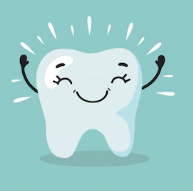
Less dental work is healthier for you. Learn what you can do to minimize the cost of dental procedures and avoid the dentist altogether!

